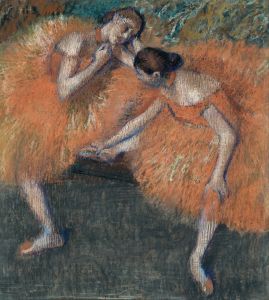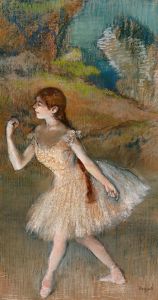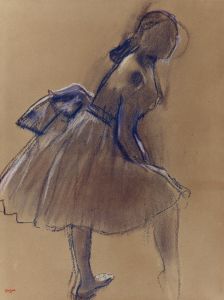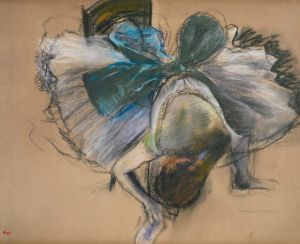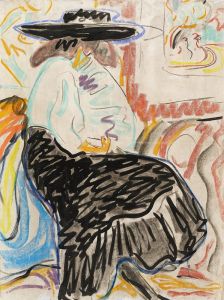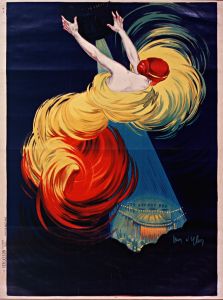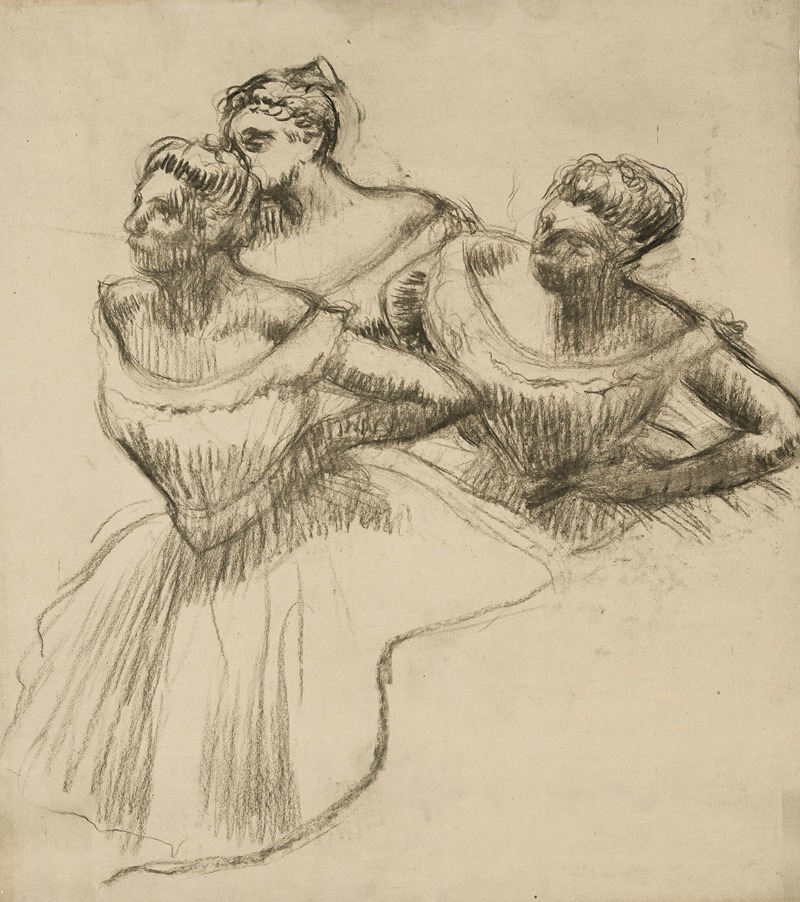
Trois danseuses
A hand-painted replica of Edgar Degas’s masterpiece Trois danseuses, meticulously crafted by professional artists to capture the true essence of the original. Each piece is created with museum-quality canvas and rare mineral pigments, carefully painted by experienced artists with delicate brushstrokes and rich, layered colors to perfectly recreate the texture of the original artwork. Unlike machine-printed reproductions, this hand-painted version brings the painting to life, infused with the artist’s emotions and skill in every stroke. Whether for personal collection or home decoration, it instantly elevates the artistic atmosphere of any space.
Edgar Degas, a prominent French artist associated with the Impressionist movement, is renowned for his depictions of dancers, capturing the grace and dynamism of ballet. One of his notable works in this genre is "Trois danseuses," which translates to "Three Dancers." This painting exemplifies Degas's fascination with the world of ballet and his innovative approach to composition and form.
"Trois danseuses" is a pastel drawing, a medium Degas frequently employed to achieve vibrant colors and delicate textures. The work is believed to have been created in the late 19th century, a period when Degas was deeply immersed in exploring the theme of dance. His interest in ballet was not merely aesthetic; it was also a reflection of his desire to capture movement and the human form in a realistic yet expressive manner.
The composition of "Trois danseuses" is characteristic of Degas's style, featuring an intimate, behind-the-scenes glimpse of dancers. The three figures are depicted in various poses, suggesting a moment of rehearsal or preparation rather than a formal performance. This approach allows viewers to appreciate the physical demands and discipline of ballet, as well as the fleeting beauty of the dancers' movements.
Degas's use of pastel in "Trois danseuses" is particularly noteworthy. Pastel allowed him to layer colors and create a sense of depth and texture, which is evident in the delicate rendering of the dancers' costumes and the subtle play of light and shadow on their bodies. The choice of colors is both vibrant and harmonious, contributing to the overall dynamism of the composition.
The perspective in "Trois danseuses" is also significant. Degas often employed unconventional viewpoints, such as high angles or cropped compositions, to create a sense of immediacy and intimacy. In this work, the dancers are positioned in such a way that the viewer feels almost as if they are part of the scene, observing the dancers from a close vantage point. This technique enhances the realism and emotional impact of the painting.
Degas's interest in dance was not limited to its aesthetic qualities; he was also fascinated by the social and cultural aspects of ballet. During his lifetime, ballet was a popular form of entertainment in Paris, and Degas's works often reflect the intersection of art and society. His depictions of dancers provide insight into the world of 19th-century ballet, highlighting both its beauty and its challenges.
"Trois danseuses" is a testament to Degas's mastery of capturing movement and emotion through art. It remains a celebrated example of his work with pastels and his enduring fascination with the world of dance. Today, Degas's paintings and drawings of dancers are among his most beloved works, admired for their technical skill, innovative compositions, and the unique glimpse they offer into the world of ballet.







